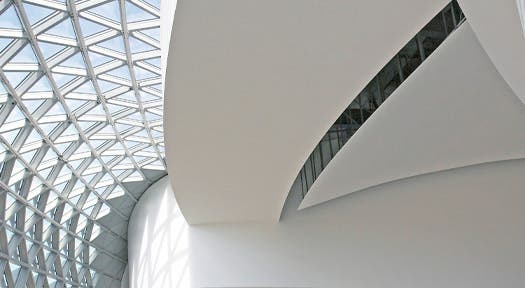Q1: What are the key features of USG Middle East's access panels, and how do they ensure durability and functionality in various environments?
A: USG Middle East's access panels are equipped with a plasterboard inlay, seal, hidden snap locks, and self-adjusting safety catch arms in some designs. These features make them moisture- and mold-resistant, fire-resistant, heavy-duty, and suitable for smoke control. They are designed to ensure durability and functionality in a variety of environments, providing reliable access solutions.
Q2: In what scenarios are Access Panels typically used, and how do they address the need for moisture resistance?
A: USG Middle East's Access Panels are commonly used in buildings where access to spaces is necessary, and these spaces might be exposed to moisture or wet conditions. These panels are specifically designed to prevent moisture ingress, making them ideal for areas prone to dampness. Additionally, they satisfy criteria for smoke, air, and dust tightness, ensuring comprehensive environmental control.
Q3: What is the significance of the hollow chamber seal made of EPDM in Smoke Control and Acoustic Access Doors, and how does it enhance their functionality?
A: The hollow chamber seal made of EPDM in Smoke Control and Acoustic Access Doors is crucial for ensuring airtight and soundproof properties. EPDM (Ethylene Propylene Diene Monomer) is a high-performance rubber material known for its excellent weather resistance and durability. The seal enhances the functionality of these access doors by providing effective smoke control and sound insulation, making them ideal for applications where air and noise tightness are essential.
Q4: How are Access Panels designed to facilitate maintenance and repairs, especially in terms of their removability?
A: USG Middle East's access panels are designed to be removable, allowing for easy access during maintenance and repairs. This feature simplifies the process of accessing concealed areas without causing extensive disruption or damage. The panels can be efficiently removed and reinstalled, ensuring that necessary maintenance tasks can be performed with minimal hassle, saving time and effort for building maintenance professionals.

























